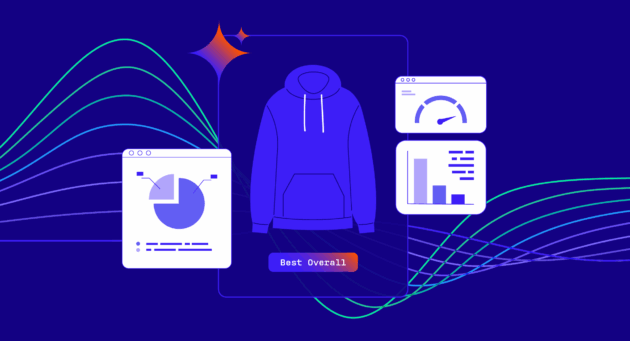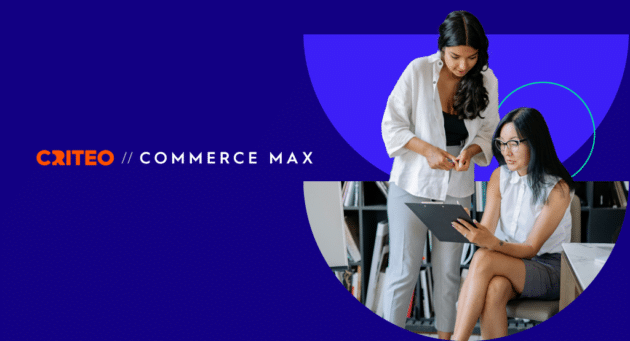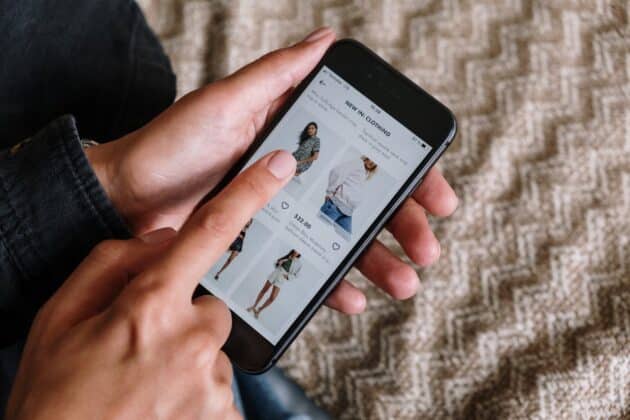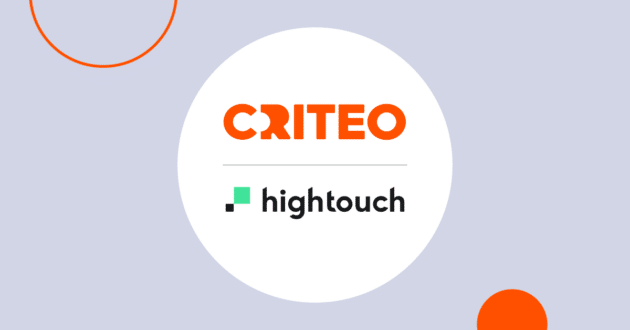A question I get asked a lot is “what keeps you up at night?” And while I have many things on my mind — as we all do right now — one “what if” stands above the rest: “what if the open internet disappeared?” While Criteo’s mission is to power the world’s marketers and media owners with trusted and impactful advertising, the existence of the open internet has massive implications far beyond the advertising world.
The internet is now woven into the fabric of our daily lives, and the open internet represents the principles of diversity, equity, and inclusion. It’s where businesses big and small can continue to be heard, seen, and discovered. This means that new and existing independent content creators and small publishers have a chance at sharing their ideas and content, small business owners and emerging DTC brands can attract customers to their website, and people have free and uninhibited access to content.
Without the open internet, consumers’ online experiences would be limited, including what they read, where they shop, how they buy, and so many other factors that could shape societal evolution in ways we can’t yet comprehend. When I imagine what the future of the internet should be, it doesn’t have limits. It’s a source for open connection that’s defined by people. It’s an open internet built on the foundation of consumers’ choices.
And protecting the open internet has never been more important. As society navigates Web3 and the metaverse, as well as changing attitudes about data privacy, it’s becoming more and more crucial to make choices every day that support a thriving open internet.
Investing in the open internet
Ensuring that the open internet continues to flourish means consumers and marketers alike need to invest in the open internet — and in the case of commerce, that includes their time and attention. Consumers are already doing this. For instance, in our recent Criteo Consumer Sentiment Index survey, seven in 10 (68%) consumers globally told us that before buying products they’ve never bought before or important products, they frequently read informative articles on the open internet1.
A full 43% of shoppers trust reviews on independent review sites more than those they see on Amazon, compared to 20% who say the opposite1. Clearly, consumers turn to the open internet when they want answers — a trend we expect to become even more pronounced moving forward.
For marketers, beyond supporting an equitable place to compete, it’s simply a smart business decision. In a 2020 study, The Harris Poll found that most of consumers’ time spent online (66%) is on the open internet; however, marketers’ ad spend allocated to the open internet is only 37%, with the remaining 63% going to walled gardens2.
This discrepancy may be because the open internet isn’t always as efficient for marketers as closed systems in walled gardens. Having a multitude of fragmented partners and solutions across the open internet can make it seem like a more difficult way forward. But sometimes the right choice isn’t the easiest choice. For marketers to fight for the future of the open internet — and engage with their customers in environments they trust and spend time in —they need to be advertising on the open internet.
Making the open internet better
Criteo is aiming to support the open internet and make it better for marketers and consumers alike. By connecting both demand and supply across our Commerce Media Platform, we want to make advertising on the open internet the right choice and the easiest choice for marketers. Streamlining advertising on the open internet in an addressable and privacy-safe way will help marketers and media owners create better experiences for every consumer.
This is our vision and we’re taking steps to build it. On top of strengthening our Commerce Media Platform offerings, we’re also bringing the open internet to the forefront of marketers’ and consumers’ minds with Criteo’s first-ever TV commercial, which I’m thrilled to share with you below. This commercial was created by a female director, Floria Sigismondi, as well as women-led creative team, Tiffany Appleton and Kirstin Roquemore, and features an incredible female actor, Yinka Olorunnife, playing “AVA”, our hero, to align not only with our commitment to the open internet, but to diversity, equity and inclusion.
The time for all of us to be open internet activists is now — in 2022 and beyond — and we’ll keep that resolution top of mind for the industry as Criteo continues to support an internet where consumers can go where they want, shop where they want, and connect with whomever they want. Nobody can tell us exactly what the future holds — but we can all take charge of the internet we believe in. And I know that being in charge can be scary. It can even keep you up at night.
I tell our employees that when someone asks them what they do at Criteo, they can simply say “I’m making the internet better.” That’s why we do what we do, and why we take action every day — and knowing that helps me sleep a little bit better. Today, and always, the future is wide open.
Read more here about how commerce media will support the future of the open internet.
1Criteo Consumer Sentiment Index, Global (Australia, France, Germany, India, Italy, Japan, South Korea, Spain, UK, US), November 2021, N=3805
2The Harris Poll and OpenX, “The open web vs. the walled garden”, 2020
















